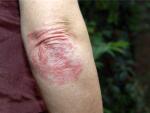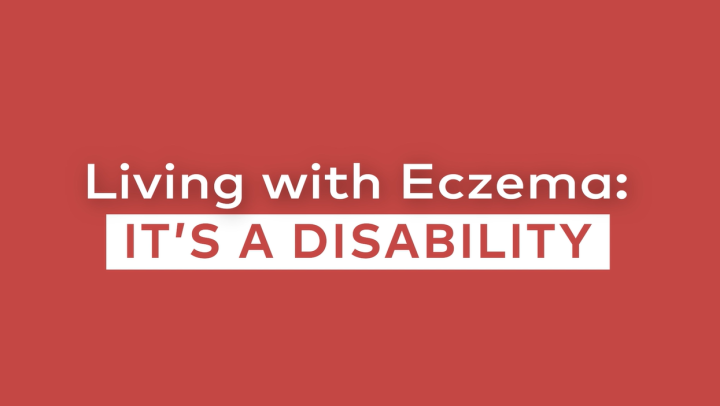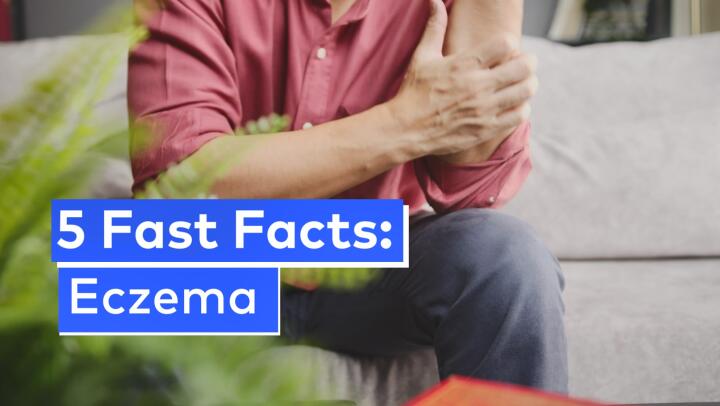Read more about prurigo nodularis, including its symptoms and causes.
There is little research into the effectiveness of treating prurigo nodularis through diet.
Still, multiple studies suggest that following an anti-inflammatory diet may help reduce risks associated with other inflammatory conditions. Also, eating a diet that may contribute to inflammation, known as a pro-inflammatory diet,
A
While evidence of the effects of an anti-inflammatory diet on prurigo nodularis is limited, following an anti-inflammatory diet may benefit your health in other ways.
This article explains how to follow an anti-inflammatory diet, including foods to avoid and foods to introduce. It also discusses additional treatments for prurigo nodularis, and some frequently asked questions.
Learn more about anti-inflammatory diet benefits, and its effects on disease.

Limiting the amounts of foods with high inflammatory properties may be beneficial.
However, many of these foods can have different benefits. According to a 2022 study, eggs may have inflammatory effects. However, when consumed appropriately, eggs
Other people may not wish to completely stop eating their favorite foods and find that they return to eating them in high quantities if they try to stop too severely or abruptly.
You may not need to eliminate some of these foods. Instead, enjoying these foods in moderation and focusing on other nutritional foods may be easier.
Always contact your doctor before making changes to your diet
Contact your doctor before making significant changes to your dietary habits, especially if you have underlying conditions, including prurigo nodularis.
Also, contact your doctor if your current treatment is ineffective in managing your prurigo nodularis symptoms.
Your doctor can recommend dietary approaches and treatments. They can also refer you to a licensed dietician who can help tailor a dietary approach to you and your condition.
Below are some foods researchers have identified as possibly being pro-inflammatory.
Meats
Some types of meats may have inflammatory properties. These include:
- red meats, such as:
- beef
- lamb and mutton
- pork
- venison
- processed meats, such as:
- some hams
- sausages and hot dogs
- deli meats
- dried or cured meats, such as bacon and jerky
- organ meats, such as kidney, heart, and liver
The National Heart Foundation of Australia suggests limiting unprocessed red meats to 350 grams weekly. Also, limit processed meats to about 12 ounces.
For red meat, choose lean cuts.
The American Heart Association (AHA) recommends limiting saturated fats to
You can estimate your recommended caloric intake using the Department of Agriculture’s online calculator.
Added sugars
Foods sweetened with sugar and foods with a high glycemic index may be inflammatory. High glycemic index foods can spike blood sugar levels.
This does not include foods that contain natural sugar, such as fruit. Fruits can have anti-inflammatory properties. However, fruit juices are often high in sugar.
Other sugary foods include:
- beverages, such as energy drinks and sodas with added sugar
- some cereals
- candy
- cakes and other sweet baked goods
Refined carbohydrates
Refined carbohydrates, such as sugars and grains, may increase inflammation.
Refined carbohydrates include:
- white rice
- breakfast cereals
- products made with white flour, such as:
- white bread
- white pasta
- some baked goods
Trans fats and saturated fats
Trans fats, or “trans-unsaturated” fats, may be added to food to help preserve it. Yet they may have pro-inflammatory actions.
The ingredient “partially hydrogenated oils” on the food label indicates it contains trans fats.
The majority of saturated fats may cause inflammation. Foods high in trans or saturated fats include:
- meat, particularly red meat or fatty cuts of meat
- dairy products, such as milk, butter, and cheese
- processed foods and baked goods
- fried foods
- some cooking spreads or shortenings, such as lard
Plants and plant oils may contain saturated fats. Still, plant-based saturated fats may not have the same effects on inflammation. More research is needed to confirm this.
Alcohol
Alcohol can also have inflammatory properties. A
The
- 2 drinks or less a day for people assigned male at birth
- 1 drink or less a day for people assigned female at birth
Excess salt
Excess salt or sodium in the diet may lead to inflammation.
The
Tips for limiting salt include:
- checking nutrition labels on foods and sauces for their salt content
- preparing your own food when possible
- buying fresh foods, or avoiding canned foods high in sodium
- adding flavor to food using other herbs and spices instead of salt
Some foods may have beneficial properties that work against inflammation. These foods may include:
- fresh fruits and vegetables
- whole and cracked grains
- legumes
- nuts
- seeds
- vegetable oils
- oily fish
- herbs and spices
- yogurt and other probiotics
Read more about what foods to eat for anti-inflammatory benefits.
Though there is no standard treatment for prurigo nodularis, treatment focuses on addressing each person’s condition.
Treatment options can include:
- phototherapy
- cryotherapy
- medications such as:
- antihistamines
- immunosuppressants
- opioid receptor antagonists
- thalidomide
- triamcinolone acetonide injections
- topical or oral medications, such as:
- antihistamines
- steroid creams
- menthol solution
Additional treatments may help with the consequences of itching, such as emotional effects or difficulty sleeping. These treatments may include:
- antidepressants
- gabapentin, an antiseizure drug that may also help nerve pain
- psychotherapy
- relaxation therapy
Imashi Fernando, M.S., R.D.N., has reviewed the following frequently asked questions.
How do you get rid of prurigo nodularis naturally?
There is limited evidence regarding the effectiveness of natural methods to get rid of prurigo nodularis. Contact a doctor regarding skin conditions, including prurigo nodularis.
What is good for nodular prurigo?
The treatment that is most effective for you can depend on your symptoms, the severity of the condition, and other aspects of your health.
Treatments can include:
- topical medications such as steroids
- oral medications, for example, antihistamines or immunosuppressants
- cryotherapy or phototherapy
Other treatments to address the psychological effects of uncomfortable symptoms may also be beneficial. These can include relaxation techniques and psychotherapy.
Prurigo nodularis is an inflammatory skin condition that causes itchy bumps or plaques to form on the skin.
There is limited research into what foods to avoid with prurigo nodularis and whether dietary changes may be an effective treatment option. There are also no standard guidelines for diet while experiencing the condition.
However, eating an anti-inflammatory diet can benefit overall health, and research suggests it may benefit other cases of inflammatory disease. This can include limiting foods such as red meat, processed foods, and alcohol, and increasing your intake of fresh plant-based or whole foods.
Contact your doctor to discuss further treatment options for prurigo nodularis or if you are considering changing your diet.




















